Literary Agents
The New Republic
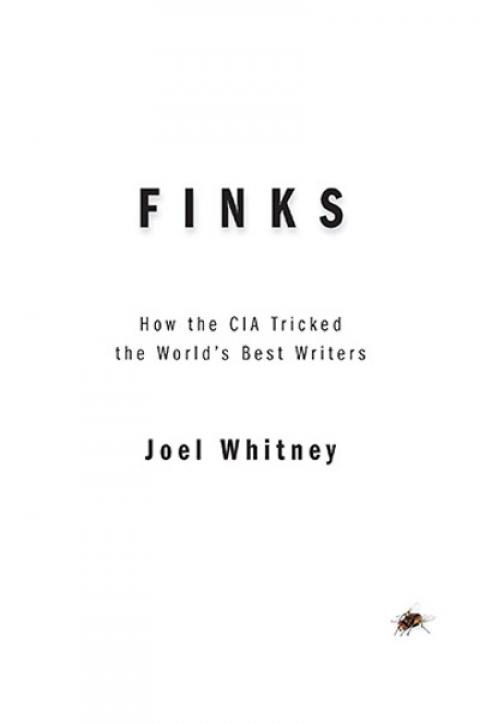
In the age of "fake news" and other mysterious media distortions, this book reminds us of a "simpler" time. Joel Whitney offers a new history of how, beginning in the late 1940s, the Central Intelligence Agency (CIA) simply (if much of the time secretly), paid writers, musicians, and artists, and sponsored publications, concerts, exhibitions, and cultural institutions as part of its Cold War arsenal.

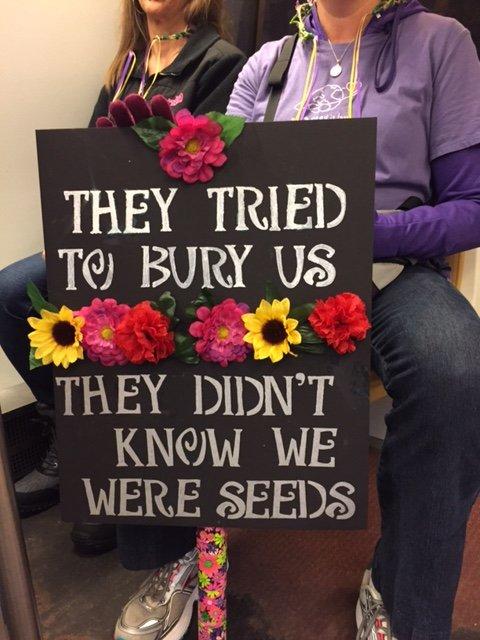
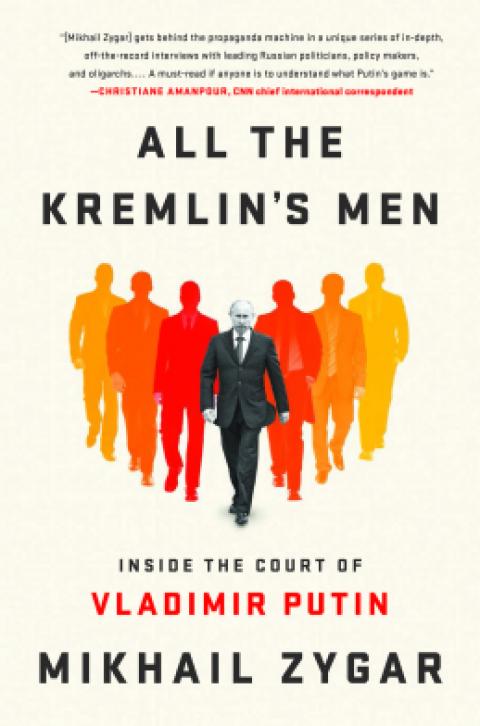


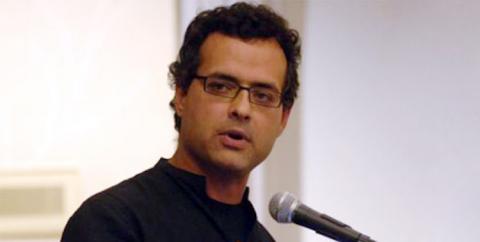
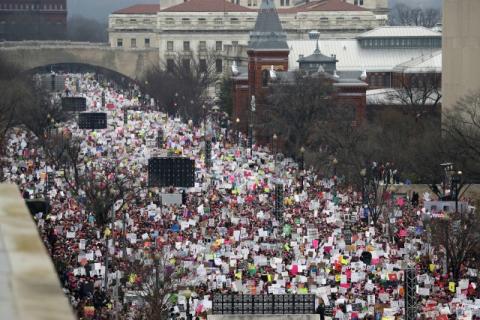

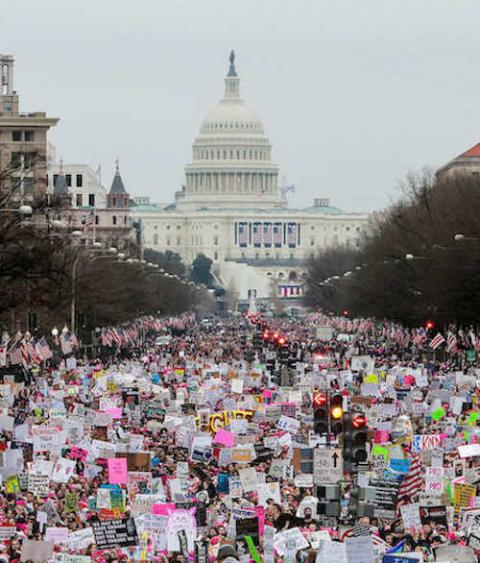
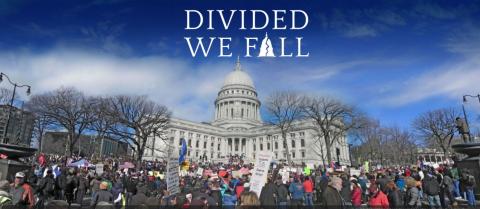
Spread the word